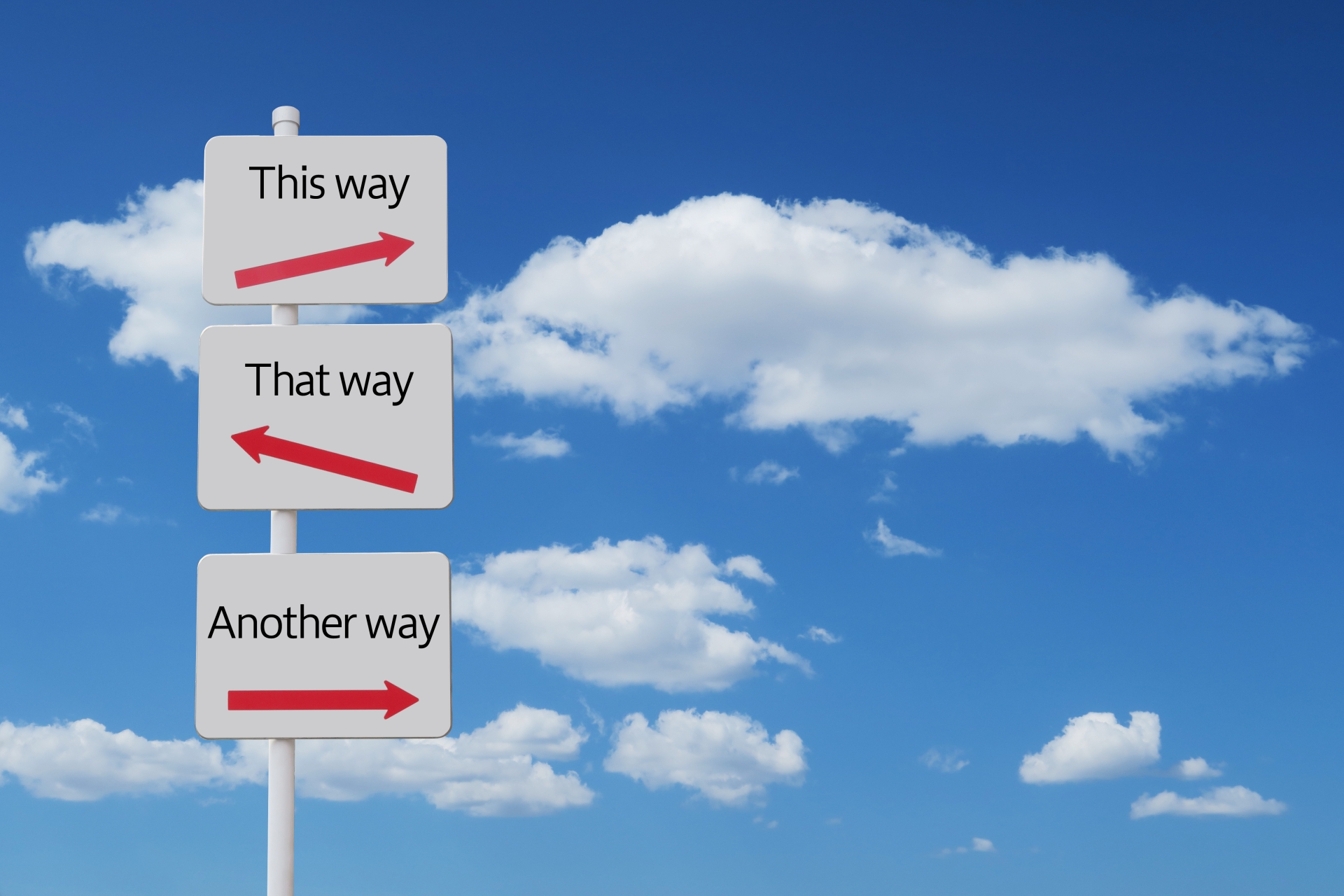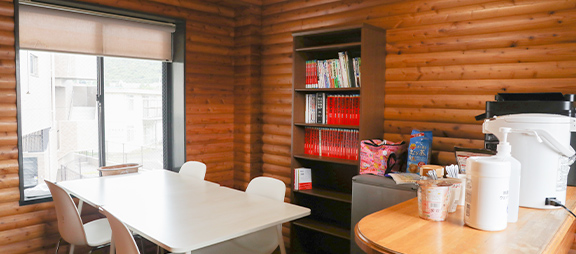難易度【★★★☆☆】海洋プラスチック汚染問題【英語長文読解練習2】

目次
英文全文
To Fight Plastic Pollution, These Researchers Want Your Pictures of Beach Trash
Every year, 8 million tons of plastic get dumped into the ocean. Scientists want your help tracking where it comes from and where it goes.
Plastic pollution in our oceans is a major ongoing global crisis. Researchers estimate that 8 million tons of plastic end up in the ocean every year.
Much of the plastic is dumped carelessly, on land or in rivers, and then carried or blown into the sea.
Nearly 700 species, including endangered ones, are already known to be affected by plastic pollution, as reported by National Geographic.
But it is possible to fight plastic pollution. A citizen science project, called Marine Debris Tracker, is taking a stand and helping create a better understanding of the problem as a whole.
(一部省略)
How Much Plastic is in the Ocean?
Plastic pollution has increased exponentially over time.
Plastic production took off after World War II, with scientists estimating a production of 8.3 billion tons since the early 1950s.
While plastic consumption is heavily intertwined with and has transformed our daily lives, the production level has reached a point that humanity can’t deal with the volume.
The plastic that ends up in the oceans is extremely detrimental because of the amount of time it takes to decompose.
That’s because the plastics we use usually contain additives, which make the plastic more durable, flexible and stronger — while also making it take longer to decompose.
Some estimates suggest plastic takes up to 400 years to decompose. And plastic is often difficult to recover once it enters the ocean.
However, unlike other crises, like climate change, plastic pollution is preventable.
It’s a matter of better understanding litter distribution and making a conscious effort to fix it.
Help Fight Plastic Pollution
The Marine Debris Tracker is a user-friendly app, funded in part by Morgan Stanley and National Geographic.
Users from all around the world can join and help track the litter they see on the ground.
Not only are participants helping expand the database, but they are also helping mitigate the litter that enters the oceans.
The Marine Debris Tracker is designed for beach and waterway cleanup data collection.
Rather than carrying a paper data card, volunteers can easily use the app to log what they discover as they find and pick it up.
While it may seem like this project is limited to people on the coasts, the opportunistic data collection from members in all regions can help inform the research.
Anyone, whether on the coast of Florida or along a stream in Michigan, can participate and log their findings.
This broader view will help scientists understand how plastic moves through ecosystems.
全文和訳
プラスチック汚染に対処するためにも、科学者たちは君が撮った海岸ごみの写真を求めている
毎年800万トンのプラスチックが海に捨てられている。科学者たちはゴミがどこから来て、どこへ移動するのかを追跡するのに、あなたの助けを必要としています。
プラスチックによる海洋汚染は現在進行している主要な世界危機の1つです。
研究者は海洋に毎年800万トンのプラスチックが海に捨てられていると推定しています。
プラスチックの多くは山に、川に無造作に捨てられ、そして風に吹かれ、水に流され海へと流入していきます。
ナショナルジオグラフィックの報告によれば、絶滅危惧種を含めた700種近くにもなる種がプラスチック汚染の影響を受けているということが知られていますが、プラスチック汚染に取り組むことは可能です。
マリンデブリストラッカー(海洋ゴミ追跡)と呼ばれる民間の科学事業がスタートし、全体の問題に対する理解の形成を助けています。
どれだけプラスチックが海洋に存在しているのか
プラスチック汚染は時間経過とともに指数関数的に増えてきました。プラスチック生産は第二次世界大戦以降に始まり、1950年代以降の累積生産量は科学者の推定では83億トンにもなります。プラスチックの消費は強く私たちの日常生活と結びつき、また日常生活を変化させたため、生産量は人々が対処できる量を超えてしまっています。
最終的に海洋に流入するプラスチックはその分解にかかる時間という点で非常に有害です。分解時間が長い理由は、プラスチックには通常添加物が含まれているためで、添加物によりプラスチックはより強靭に、柔軟に、強くなりますが、一方で分解にかかる時間もまた長くなります。
分解にかかる時間は400年にも上るという推定すらあります。そしてプラスチックは一旦海洋に流れ着くと回復させることは殆ど難しいのです。
しかしながら、気候変動のような他の問題とは違い、プラスチック汚染は防ぐことが可能です。ごみの配分へのより良い理解とその解決への意識的な取り組みの問題なのです。
プラスチック汚染への取り組みを助けよう。
マリンデブリストラッカーはユーザーフレンドリーなアプリで、モルガンスタンレーとナショナルジオグラフィックあら資金提供を受けています。全世界のユーザーが参加することが出来、地面で見かけたごみの追跡で役立つことが出来ます。
参加者はデータベースを拡充させるだけでなく、海に流入するごみを軽減することで役立ちます。
マリンデブリストラッカーは水路と砂浜をきれいにしたデータ収集のために作られました。
紙のデータカードを持っていくより、アプリを使うことで人々が見つけ、拾ったごみの記録をより簡単につけることが出来ます。
このプロジェクトは海岸沿いに住む人々に限定されているように見えるかもしれないですが、全ての地域に住む人々の、偶発的なデータ収集も研究に情報をもたらすことで役に立てます。
ミシガンの川沿いに住む人やフロリダの海岸に住む人であっても、参加し、見つけたものを記録できます。
このより広い視点が科学者たちがどのようにプラスチックが生態系内で動いているのかを理解することに役立つでしょう。
まとめ
いかがだったでしょうか。
気付いたかもしれないですが、実はこれ、アプリの宣伝記事です。マリンデブリストラッカー自体は、実在するアプリですが、結構評判は良くないという笑
全部英語のアプリなので、日本向けには考えていないのでしょう。
日本語版が出来たらちょっと触ってみたくもある。
実際に海流の流れと、プラスチックのたまっている場所のリンクとかあったりするのかな?
そうであれば、プラスチックの海洋からの収集作業が非常にやりやすくなりますね!
東京海洋大学などを志望している学生は、特に気にしておくべき問題でしょう。
ではまた次回の英語長文読解問題で。
==========================
”思考を深める塾 福長塾”
福島市で唯一無二ではない東大卒の講師が教える高校生向けの学習塾です。
面白い学びでなければ定着はしない。という信念のもと、勉強の面白さ、そして本質を突く授業を行っています。
授業はオンラインも対応していますので、通えない方もまずは気軽にご連絡ください。
塾長 橋本長武/ hashimoto osamu
TEL : 080-5901-8161
mail : o.hashimoto@fukunaga-juku.com
